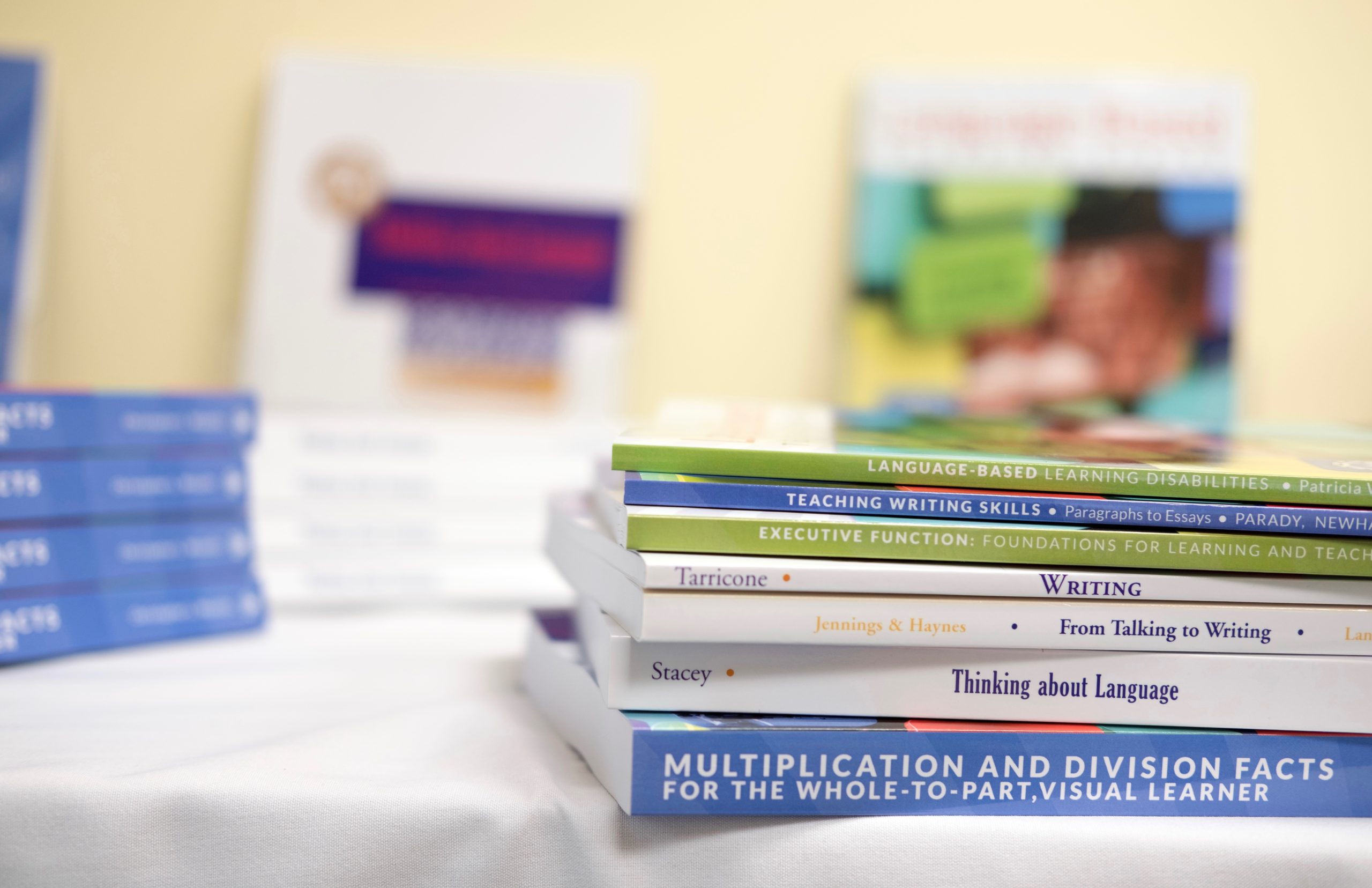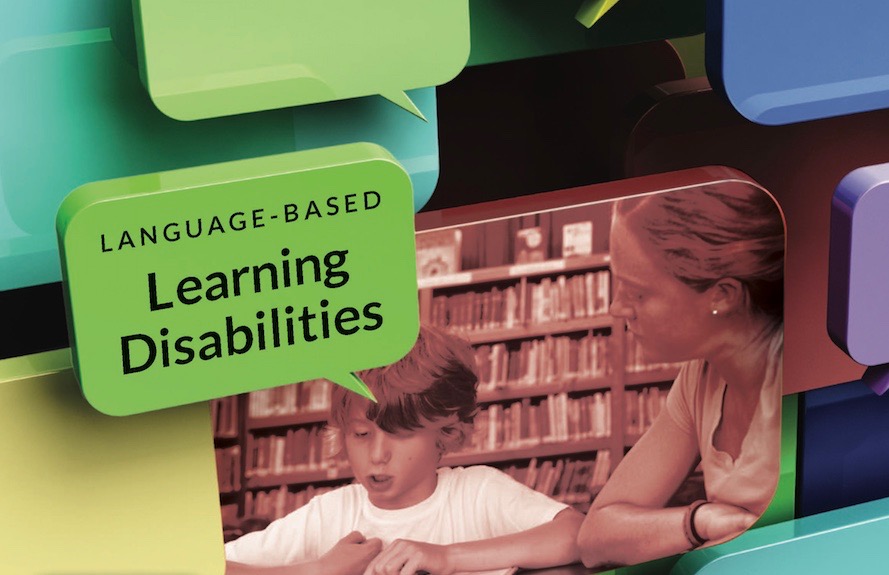The foundation of all instruction at Landmark School is made up of six important teaching principles. These principles guide how teachers approach the presentation of both content and skills across the curriculum.
Teaching Principle #1: Provide Opportunities for Success
Providing students with opportunities for success is key. Failure and poor self-esteem often result when teachers challenge students beyond their ability. Landmark begins teaching students at their current level of ability. This approach improves basic skills and enhances confidence. As Landmark teachers introduce each new skill, they provide basic examples and assignments to build confidence and keep students from becoming overwhelmed. As the information becomes more challenging, teachers assign students easier problems to supplement the more difficult ones. In this way, those students who are having trouble with the material complete at least part of the assignment while they work at understanding and learning to apply new information. Teachers provide students with whatever structure is necessary to help students be successful, such as study guides for tests, templates for writing, and guidelines for projects. Only with a solid foundation of basic skills and confidence can students make progress. That is why it is key to provide them with opportunities for success.
Teaching Principle #2: Use Multisensory Approaches
Multisensory teaching is effective for all students. In general, it means presenting all information to students via three sensory modalities: visual, auditory, and tactile. Visual presentation techniques include graphic organizers for structuring writing and pictures for reinforcing instruction; auditory presentation techniques include conducting thorough discussions and reading aloud; tactile presentation techniques include manipulating blocks and creating paragraphs about objects students can hold in their hands. Overall, implementing a multisensory approach to teaching is not difficult; in fact, many teachers use such an approach. It is important, however, to be aware of the three sensory modes and to plan to integrate them every day.
Teaching Principle #3: Micro-Unit and Structure Tasks
Effective teaching involves breaking information down into its smallest units and providing clear guidelines for all assignments. This is especially important for students with learning disabilities. Micro-uniting and structuring are elements of directive teaching, which Landmark consistently uses with students. Micro-uniting means analyzing the parts of a task or assignment and teaching those parts one step at a time. Teachers organize information so that students can see and follow the steps clearly and sequentially. As students learn to micro-unit for themselves, they become less likely to give up on tasks that appear confusing or overwhelming. Consequently, these strategies enable students to proceed in a step-by-step, success-oriented way.
Teaching Principle #4: Ensure Automatization through Practice and Review
Automatization is the process of learning and assimilating a task or skill so completely that it can be consistently completed with little or no conscious attention. Repetition and review (spiraling) are critical. Sometimes students appear to understand a concept, only to forget it a day, week, or month later. It is not until students have automatized a skill that they can effectively remember and use it as a foundation for new tasks. Teachers must therefore provide ample opportunities for students to repeat and review learned material. For example, the Landmark writing process emphasizes practice and consistency. Students always brainstorm, map/outline, draft, and proofread in the same way. This provides them with an ongoing, consistent review of learned skills.
Teaching Principle #5: Provide Models
Providing models is simple, yet very important. It is one of the most effective teaching techniques. Models are concrete examples of what teachers expect. They do not mean that teachers are doing assignments for students. They are standards to which students can compare their own work. A model or example of a completed assignment serves as a springboard for students to begin the assignment. For example, teachers should give students a model of a sequential paragraph when teaching basic sequential paragraph writing.
Teaching Principle #6: Include Students in the Learning Process
Students are not passive receptacles to fill with information. They come to class with their own frames of reference. Their unique experiences and knowledge affect them as learners and should be taken into account. Therefore, during every exercise, teachers should accept student input as much as possible. They should justify assignments, accept suggestions, solicit ideas, and provide ample time for students to share ideas. Teachers should include students in assessing their own progress by reviewing test results, written reports, and educational plans. Creating and improvising opportunities to involve students in the learning process allows students to become aware of how they learn and why certain skills benefit them. As a result, students are motivated and more likely to apply those skills when working independently. In short, an included student becomes an invested student who is eager to learn.



